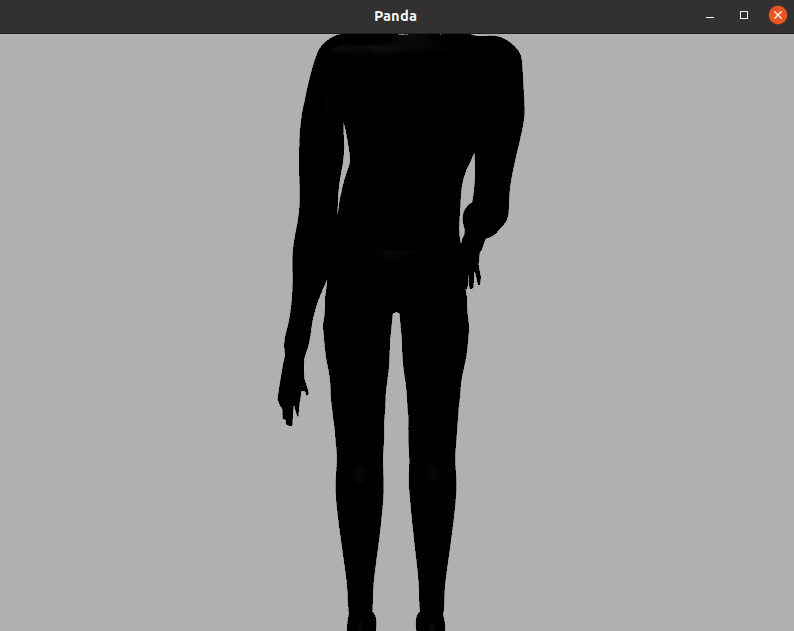So, I would like to start a conversation regarding the asset-pipeline from Blender, and in particular regarding what pipeline to recommend to new users.
THE OPTIONS
(And I may have missed some. I’ve also excluded PRPEE for the moment.)
blend2bam
From what I’ve gathered, the current recommendation is to use “blend2bam”.
However, as I understand it blend2bam exports the entire scene, rather than nominated objects–something that runs somewhat counter to any thoughts of organising multiple (presumably related) objects into single Blender-files. (e.g. Having all the table models in one file, and all the chests in another, etc.)
Furthermore, I’ve recently been seeing some reports of people struggling a little with it. This might in part be due to its command-line nature–but I also gather that it may be lacking somewhat in functionality as of yet. (See for example a recent thread in which someone was struggling to export an animated model that had included multiple meshes.)
YABEE
Of course, the recommendation of old was YABEE.
And indeed, it remains, I think, a stable and mature exporter.
However, it’s also now somewhat outdated: it doesn’t support newer versions of Blender, and doesn’t support certain more-recent features, like node-based materials, I believe.
glTF
I gather that newer versions of Blender can export, and Panda can import, glTF files.
However, I’m not sufficiently familiar with the feature-set provided by this pipeline to be able to compare it to the other options. (At the least I’m told that it does support tags, if I recall correctly.)
THE QUESTION
So, the question then is this: What do we recommend to new users? The “blend2bam” exporter seems to be as-yet not mature, and has the disadvantage of being a command-line tool; YABEE is mature and convenient, but is shackled to older versions of Blender; glTF… I simply don’t know enough about to comment on.
Thoughts?


